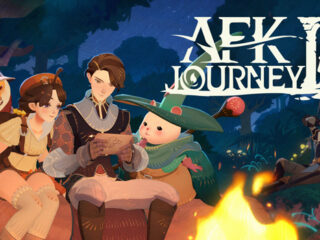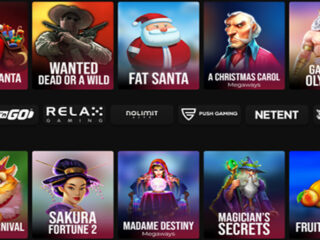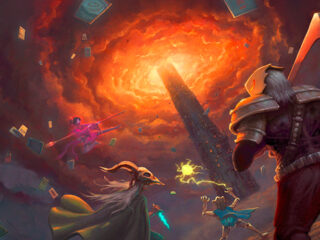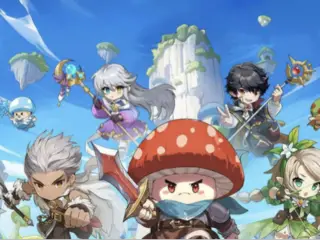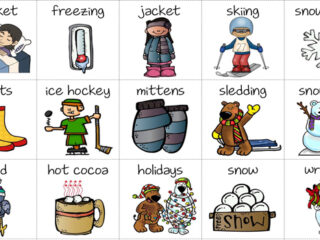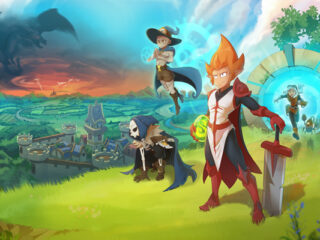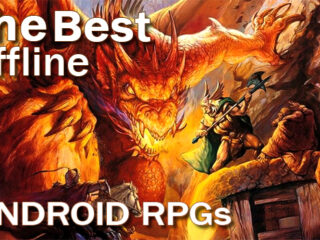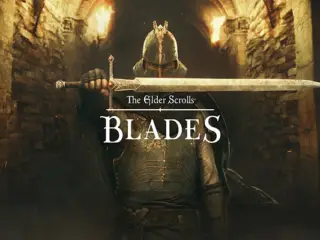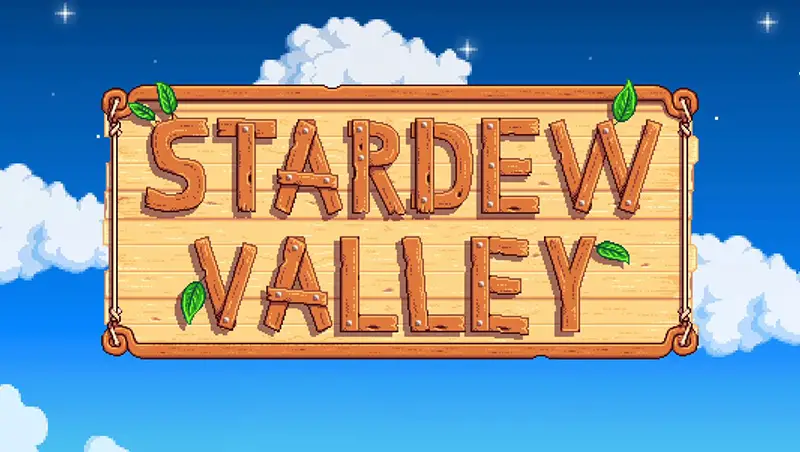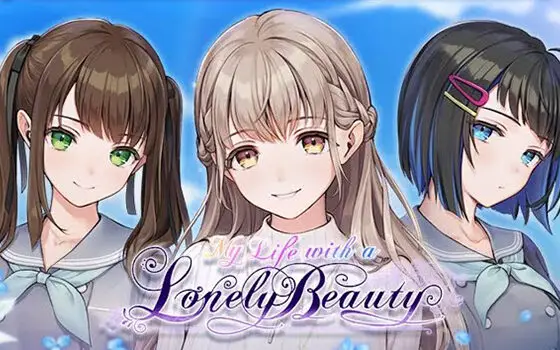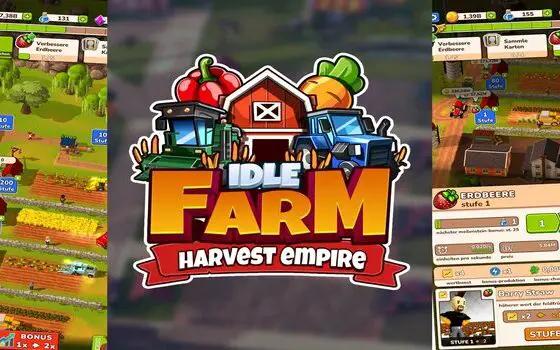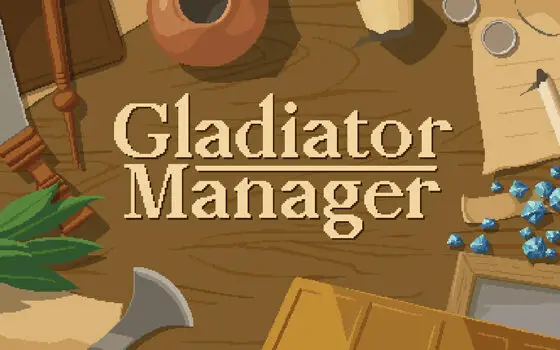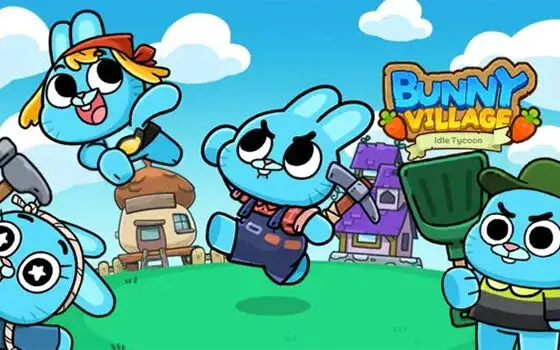What’s All the Fuss?
Eric “ConcernedApe” Barone’s solo developed farming simulator Stardew Valley first released in 2016. Inspired by the Harvest Moon series and similar games, Barone’s creation kind of took the world by storm, being ported to nearly every available platform and garnering widespread praise from critics and players alike.
I haven’t played many farming simulation games. An Android Stardew Valley clone called Harvest Town and Rune Factory 4 pretty much sum up the extent of my experience with games like this. The latter was engaging enough that I’m excited about getting my hands on Rune Factory 5 on Nintendo Switch. So I am capable of fully enjoying games in this genre.
The purpose of that preamble is to explain why I feel that Stardew Valley may be suffering from a bout of overhype-itis. I came to it fresh, having never played it before. So I didn’t have the rose-colored glasses of nostalgia filtering my experience. And I didn’t find it remarkable in any way. In fact, I was bored the entire time and could only bear to play one in-game day per session. It almost pains me to say that because, given the abundance of hyperbolic praise the game has received, I feel I must be missing something.
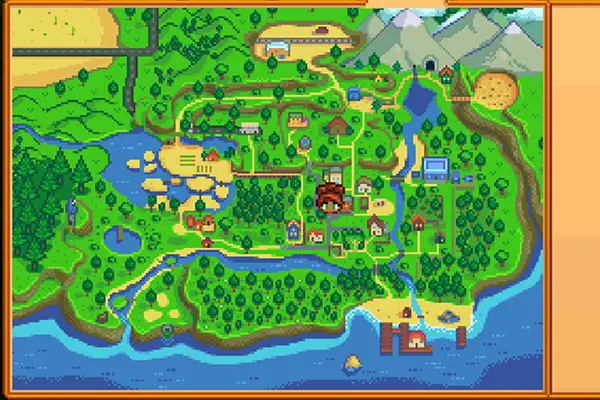
Take a Little Trip With Me
In Stardew Valley, you inherit your grandfather’s farm in an isolated village called Pelican Town. The land has long been left untended and is overgrown, requiring some hard work to get it flourishing again. You must clear rocks, tree stumps and weeds from the area, slowly improving your tools and expanding the farm’s facilities. You’ll tend crops, raise livestock, fish, cook, craft, mine and fight critters. But it’s not all work and no play, Jack. Pelican Town is filled with people to befriend, many of whom offer quests and are always grateful for birthday gifts. If you handle things right, you might even end up married.
Stardew Valley definitely possesses a certain appeal. Its very simplistic and retro-style graphics give it a charming look. That visual downgrade, however, might make a person expect or at least hope for a proportional upgrade in gameplay quality. However, I didn’t find the game outstanding at all. It’s not terrible, but I fail to see why so many players think it’s so impressive. Perhaps the game hasn’t aged well or my expectations were too high after all the hype.
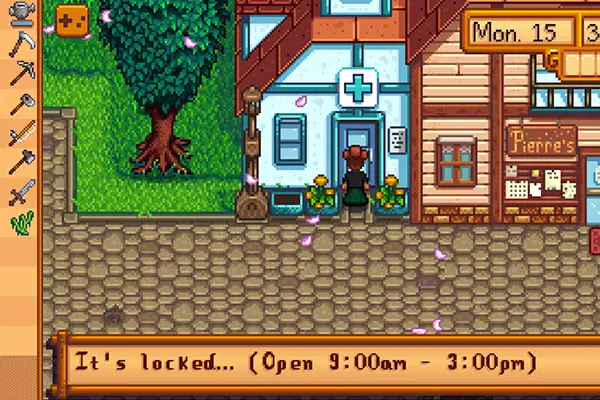
Another possible explanation for my lack of enchantment with the game is that maybe Stardew Valley provides a more fun experience on platforms with greater screen real estate. A small phone screen makes for some tight controls and a high likelihood of clicking on the wrong thing, especially in the beginning. I mistakenly gifted items to townspeople multiple times before learning to be more careful when tapping the miniscule quick bar.
Now I Know I Gotta Take Control
I also bemoaned the game’s touch controls more than once, particularly for inventory management. It often took several attempts to split stacks of items, and they frequently wouldn’t stay where I tried to put them. I’d regularly find something in my inventory that I knew I had moved to my storage chest, or vice versa. The developer seems to have been aware of the potential pitfalls of touch controls on a small screen. ConcernedApe provided numerous control schemes in the hopes that players would find one that suited them. They all come with their own frustrations, but it’s nice to have multiple options.
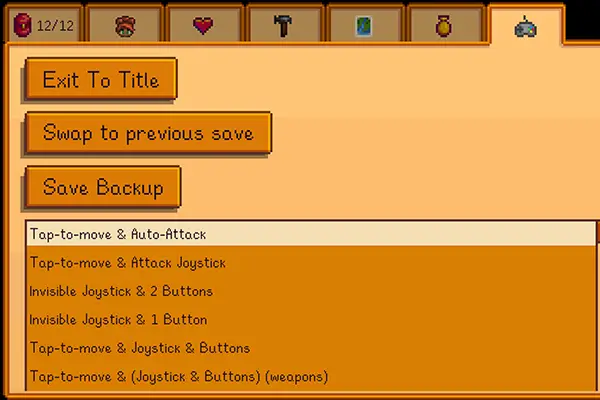
There have also been a few quality-of-life touches that perhaps make playing on Android a smoother experience than on other platforms. For example, the control scheme I ended up choosing, “Tap to move and auto attack,” makes it incredibly easy to care for your farm. When tapping on weeds or a rock, your character will automatically equip the correct tool and have at it. When enemies approach, your character pulls out her weapon and starts swinging. You just point her in the right direction and watch the pixelized carnage. This removes some interactivity, but also eliminates a lot of the headache of selecting tools and navigating around a 6-inch screen.
Another seemingly minor but useful tweak is the addition of a grid that appears when planting crops or placing items. Things almost snap into place, helping to streamline some repetitive actions that might otherwise quickly become tedious. One activity that I never got the hang of, however, is fishing. I don’t know how this mechanic plays out on other platforms. On Android, it’s almost impossible to catch a fish. The touch screen is too … touchy, making it incredibly difficult to complete the minigame successfully.
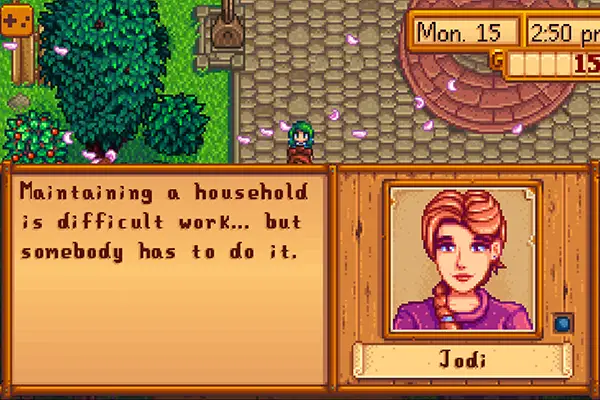
Better Than Staring at a Wall
People who have enjoyed Stardew Valley in its earlier iterations will probably be thrilled to have this award-winning title in a more portable format. It’s a great diversion, requiring only short bursts of attention and unrolling at an incredibly leisurely (for me, boring) pace. Standing in line at the bank, going on a long plane trip, waiting at the doctor’s office? Stardew Valley is a perfect game to pull out because it requires very little brain power, can be put down at any moment, and is better than staring at the back of someone’s head for 20 minutes. It’s also potentially helpful if you deal with insomnia.
The game has made its way onto multiple “best of” lists on Hardcore Droid. But this skeptical and slightly confused reviewer begs to differ. I say that if you want a little more action, a little more story and a little less snooze, Stardew Valley might not be the game for you.
Is It Hardcore?
Eh...
Stardew Valley has won awards, been ported to almost every platform you can think of, and was a huge critical success. Does that automatically mean it’s great? I’m dubious.

